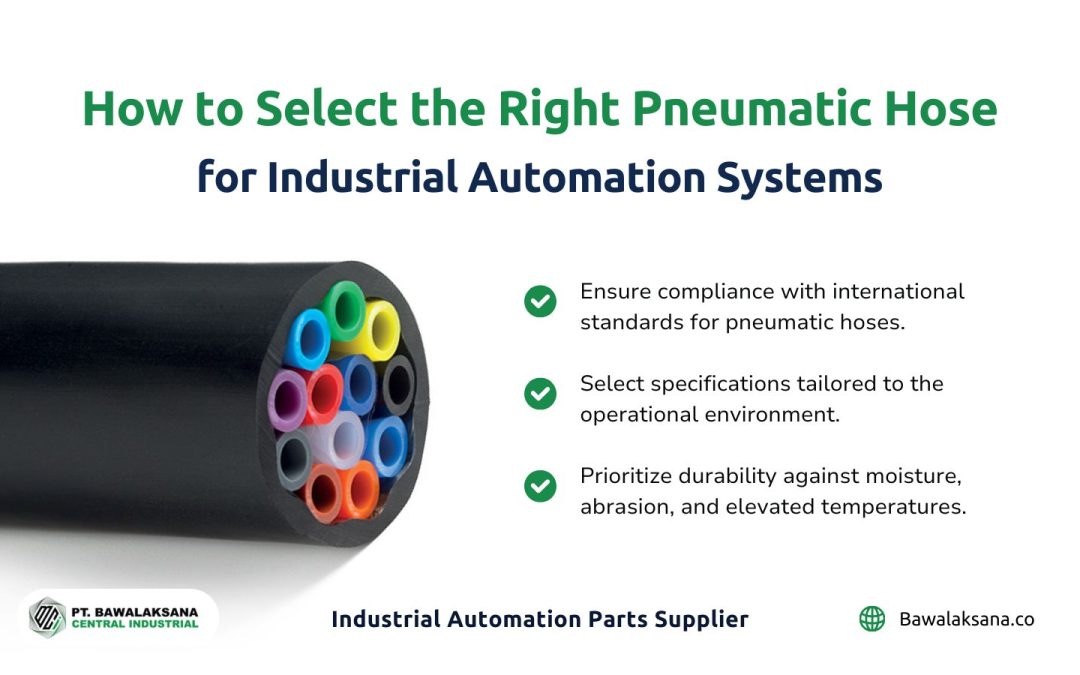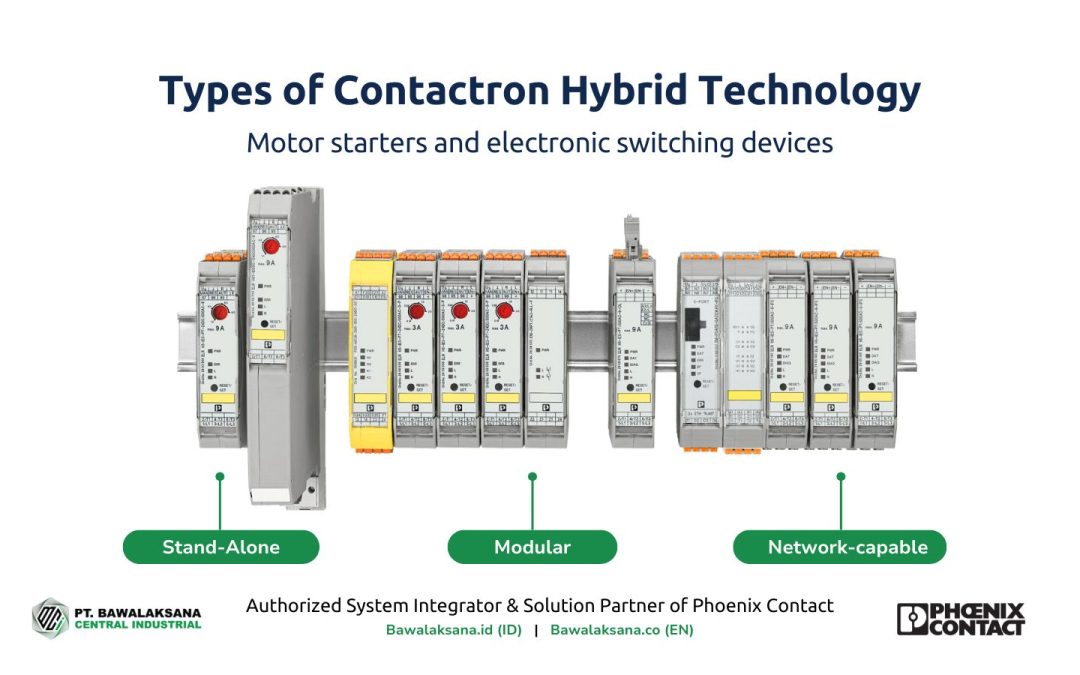Have you ever wondered how crucial cable protection is in ensuring the safety and efficiency of electrical systems?
Though often overlooked, cable protectors prevent hazards and keep operations running smoothly.
These protective covers offer a wide range of benefits, including:
- Shielding cables from water splashes, friction, pressure, and accidental impact
- Preventing fire hazards caused by excessive heat, flames, or exposure to harmful chemicals
- Reducing the risk of short circuits, which can occur when cables are exposed to unsafe environments
- Protecting cables from moisture, pests, and even destructive rodents
- Keeping cables neatly organized for easier and more efficient maintenance and repairs.
At Bawalaksana Central Industrial, we understand that a well-protected electrical system means safer and more reliable operation. In this article, we’ll explore why cable protection is essential and how it enhances industrial and household electrical systems.
Why Is Cable Protection So Important?
Electricity has become an inseparable part of our daily lives. A stable and secure electrical system is necessary to power industries and homes.
However, many people don’t realize that as the demand for high-quality power supply increases, the need for safe and efficient electrical installations becomes even more critical.
The cable protector or cable cover is an often-overlooked yet essential component in this system. Despite its seemingly simple nature, it plays a crucial role in preventing accidents and ensuring long-term reliability.
Most cable sleeves are made from polyurethane, a highly durable material designed to wrap around cables securely. They protect cables from potential threats such as short circuits, moisture exposure, and pest infestations, including microbes and rodents.
Whether in industrial facilities or residential setups, cable protectors offer more than just insulation. Their flexible, strong, and UV-resistant properties ensure long-lasting performance, even in the most demanding environments.
By investing in proper cable protection, you’re not just safeguarding your electrical system—you’re ensuring peace of mind, knowing that your operations remain safe, efficient, and free from unexpected disruptions.

The Role of Cable Protectors in Industry and Electrical Installations
Have you ever considered how crucial cable protectors are in ensuring the safety and efficiency of electrical systems? While they may seem like just an extra layer wrapped around electrical conductors, their role goes far beyond that.
Cable protectors are critical safeguards in various applications, from household wiring to automotive electrical systems and complex industrial setups. Their versatility ensures long-term safety, system stability, and smooth operations in multiple settings.
To help you understand their importance, we’ve put together an in-depth look at the key functions of cable protectors and why they matter in industrial and electrical installations.
Protection Against Electrical Hazards
Electricity is essential in our daily lives, but it can pose serious risks without proper safety measures. Electric shocks, short circuits, and even fires can occur when cables are left exposed or unprotected.
This is where cable protectors come into play. They act as an insulating barrier, preventing direct contact between live conductors and their surroundings. Doing so dramatically reduces the risk of electrical accidents—ensuring people’s and property’s safety, whether at home or in industrial environments.
Beyond safety, proper cable protection means peace of mind—knowing your electrical system is well-guarded against potential hazards.
Shielding Against Electromagnetic Interference (EMI)
Modern industries rely heavily on sensitive electronic equipment. However, electrical conductors naturally generate electromagnetic fields, which can interfere with nearby devices, leading to performance disruptions, malfunctions, or permanent damage.
To prevent this, high-quality cable protectors—especially those made from durable and flexible materials like polyurethane (PU)—provide an added layer of protection, minimizing electromagnetic interference (EMI) and ensuring system stability.
These protectors shield copper wires inside the cables and help prevent signal disturbances that compromise critical operations.
Many people don’t realize that in high-voltage applications, severe electromagnetic interference can generate excessive heat, which, if left unchecked, could even result in fire hazards. That’s why investing in proper cable protection isn’t just an option—it’s a necessity.

Protection Against Physical Damage
Electrical cables are constantly in motion in high-mobility systems like robotic machinery and 3D industrial equipment. This continuous movement exposes them to friction, pressure, and impact, particularly within drag chains, where multiple cables operate side by side.
Without proper protection, cables can suffer from wear and tear, leading to exposed wiring, malfunctions, or even dangerous short circuits.
This is where self-lubricating, high-durability cable protectors make all the difference. By reducing friction-related wear, they help extend the lifespan of cables, ensuring that the power supply remains stable and uninterrupted—even in the most demanding industrial environments.
Moreover, when cables are installed closely together, they become even more vulnerable to physical damage from excessive friction or accidental impact. That’s why proper cable protection is essential, especially for drag chain applications in manufacturing and the oil and gas industries.

Fire and Explosion Protection in ATEX Environments
Cable protection isn’t just an option in demanding industrial settings—it’s a necessity. Harsh environments, extreme temperatures, and exposure to hazardous materials make durable, flame-resistant, and antistatic cable protectors essential for safety and long-term system reliability.
Take automated welding systems, for example. These systems rely on constant, uninterrupted electrical flow; any short circuit could cause severe disruptions. Using high-quality, fire-resistant cable protectors prevents overheating and damage, ensuring that operations run smoothly while keeping maintenance costs low.
Now, imagine a scenario where cable protectors lack proper heat resistance—they can burn, peel, and expose live wires, leading to dangerous short circuits. In high-risk environments like gas, methanol, and hydrogen processing plants, such incidents could trigger sparks or explosions, making antistatic cable protection an absolute necessity.
In Europe, the ATEX standard establishes strict safety requirements for equipment in environments prone to explosions, such as oil and gas mining sites or factories that handle methane and hydrogen gas.
ATEX environments require specialized antistatic cable protectors, unlike standard household or industrial applications. These protectors must have a surface electrical resistivity of ≤ 10⁶ Ohms, as specified in ISO 8031:2009(E). This requirement ensures maximum protection by preventing electrostatic discharges that could ignite a fire.

Making Cable Management and Identification Effortless
If you’ve ever worked with complex electrical systems, you know how frustrating disorganized cables can be. In extensive industrial facilities or commercial buildings, thousands of wires run side by side, and without proper organization, maintenance and troubleshooting become a nightmare.
That’s where high-quality cable protectors come in—not just for protection but also for organization and easy identification.
Think of them as custom-designed tubing that helps group cables by size, function, or color, making it easier for technicians to trace and maintain wiring systems. Using color-coded cable sleeves doesn’t just make installations look tidier—it significantly reduces the risk of wiring mistakes.
Fortunately, premium manufacturers now offer custom cable protection solutions to fit specific industry needs.
One such manufacturer is Mebra Plastik Italia, a global expert in pneumatic hoses and industrial tubing, including electrical cable protection systems. Their high-durability cable protectors can even be customized with embedded sealed copper fibers, enhancing electrical conductivity and safety.
By choosing the right cable sleeves, your electrical systems remain efficiently organized, protected from damage, and far easier to maintain—giving you peace of mind and saving valuable time.
Defending Cables Against Rodents, Pests, and Microbes
Now, let’s talk about one of the most overlooked threats to electrical systems—pests.
Cables installed in open areas, underground tunnels, or storage spaces are highly vulnerable to rodents, insects, and microbial attacks. Over time, rats and other pests can chew through wiring, causing not just performance issues but also dangerous short circuits or fires.
The problem is that these damages often occur in hidden or hard-to-reach places, making them difficult to detect until it’s too late.
Bite-resistant, moisture-proof, and flexible cable protectors are the best solution to prevent this. These specialized coverings act as a shield, protecting electrical conductors from rodent bites, humidity, and microbial decay—ensuring a consistent power supply and preventing unexpected system failures.
Beyond protection, investing in high-quality cable sleeves saves money in the long run by avoiding costly repairs and downtime.
It’s also worth noting that different environments require different cable protectors. Proper cable protection is crucial for ensuring safety, efficiency, and long-term reliability in households, industrial automation, and large-scale manufacturing.
To learn more, check out our comprehensive article, Best Electrical Cable Protectors: Types & Specifications for Industry.
By making informed choices about cable protection, you’re not just safeguarding your equipment—you’re securing the future of your entire operation.

Best Practices for Installing and Maintaining Cable Protectors
Proper installation and regular maintenance of cable protectors are essential to keeping your electrical system safe and efficient. A well-protected cable lasts longer, preventing potential hazards like short circuits, electrical fires, and costly downtime.
Simple yet effective steps ensure your cables remain secure, organized, and in optimal condition. Here’s how:
Install with Care and Precision
Proper installation is the foundation of a reliable and long-lasting cable protection system. Always follow the manufacturer’s guidelines to ensure the protector fits snugly around the cable, leaving no gaps or loose areas.
A poorly installed cable protector defeats its purpose and can expose cables to potential damage. Sometimes, special tools or techniques may be needed to secure cables properly, especially in high-movement environments like industrial automation or robotics.
Taking the time to install cable protectors correctly pays off in the long run, helping you avoid unexpected failures and safety risks.
Choose the Right Material for Your Environment
Not all cable protectors are created equal. Different environments demand different levels of protection, so selecting the right material based on where and how your cables will be used is important.
For example:
- Protectors should resist heat, moisture, UV exposure, and chemicals in outdoor or industrial settings.
- Polyurethane (PU) covers are ideal for high-flexibility applications, such as robotic arms or automated machinery, because they are both durable and flexible.
- Antistatic cable protectors help prevent sparks and explosions in hazardous environments, such as gas processing plants or ATEX-certified zones.
If you’re unsure which type of protector is best for your setup, consulting an expert can save you time, effort, and unnecessary costs.
Perform Regular Inspections and Checks
Like any other electrical system component, cable protectors require routine inspections to ensure they remain in top condition.
Over time, exposure to external elements, friction, and constant movement can cause protectors to wear out. Conducting visual checks and simple tests can help detect early signs of damage before they escalate into more significant problems.
Think of it like a regular health check-up for your electrical system—a little attention now can prevent major headaches later.
Address Issues Immediately with Timely Maintenance
If you notice cracks, signs of wear, or any abnormalities in your cable protectors, don’t wait until the problem worsens.
A damaged protector defeats its purpose and can lead to serious issues like short circuits, power failures, or even fires. Replacing worn-out components ensures your electrical system stays safe and operational without unnecessary downtime or costly repairs.
Taking a proactive approach to maintenance protects your cables and safeguards your entire infrastructure.
Ensure Compliance with Safety Standards
Safety should always be a top priority. Adhering to industry regulations ensures that your electrical system operates at peak performance while minimizing risks.
For environments with strict safety requirements, such as ATEX zones or food and beverage industries, selecting high-quality, certified cable protectors is necessary. These protectors meet international safety standards, providing an extra layer of security for critical applications.
By following these best practices, you’re not just protecting your cables—you’re creating a safer, more efficient, and more reliable electrical system. Investing in quality protection today will save you from unnecessary troubles tomorrow.

Enhance Your Cable Protection with High-Quality Tubing
Cables are the lifelines of any electrical or automation system, and protecting them is not just an option—it’s a necessity. Proper cable protection ensures safety, efficiency, and longevity, preventing short circuits, overheating, and physical damage.
When selecting a cable protector, it’s essential to consider the environment where it will be used. Factors like mechanical load, temperature variations, exposure to moisture, and industry-specific safety requirements all play a crucial role in determining the right solution.
But choosing the right protection is just the beginning. Proper installation and routine maintenance are essential to ensure your cables remain secure and fully functional over time. By adopting best practices in cable protection, you create a system that is safer, more reliable, and built to last.
Trusted Protection with Mebra Plastik Italia Tubing
At PT. Bawalaksana Central Industrial, we take cable protection seriously. As an official distributor of high-performance industrial tubing, we provide premium solutions for pneumatic and electrical applications.
We proudly offer a diverse range of tubing, including:
- Durable cable sleeves for added protection
- Industrial-grade tubing for extreme environments
- Pneumatic hoses designed for both vacuum and pressure applications
Our products are manufactured by Mebra Plastik Italia, a company with over 50 years of expertise in developing high-quality tubing solutions. Trusted by industries worldwide, Mebra Plastik Italia’s tubing is engineered to meet international safety and durability standards, making it a reliable choice for demanding applications.
If you’re looking for top-tier cable protectors that comply with global standards, we highly recommend Mebra Plastik Italia’s solutions.
Customized Cable Protection to Meet Your Needs
We understand that every industry has unique challenges. That’s why we offer custom-configured multi-tube cable protectors, available in:
- Empty tubing, allowing flexibility in installations
- Pre-installed copper wire tubing, providing convenience and enhanced conductivity
Are you unsure which solution best fits your application?
Our expert team is ready to help! We’ll guide you in selecting your industry’s most effective and cost-efficient cable protection.

Romanta Pinrih Linuwih
Pneumatic Automation Systems Expert
This article was written in collaboration with Romanta Pinrih Linuwih, an expert in Pneumatic Automation Systems, to ensure accuracy and high quality insights.


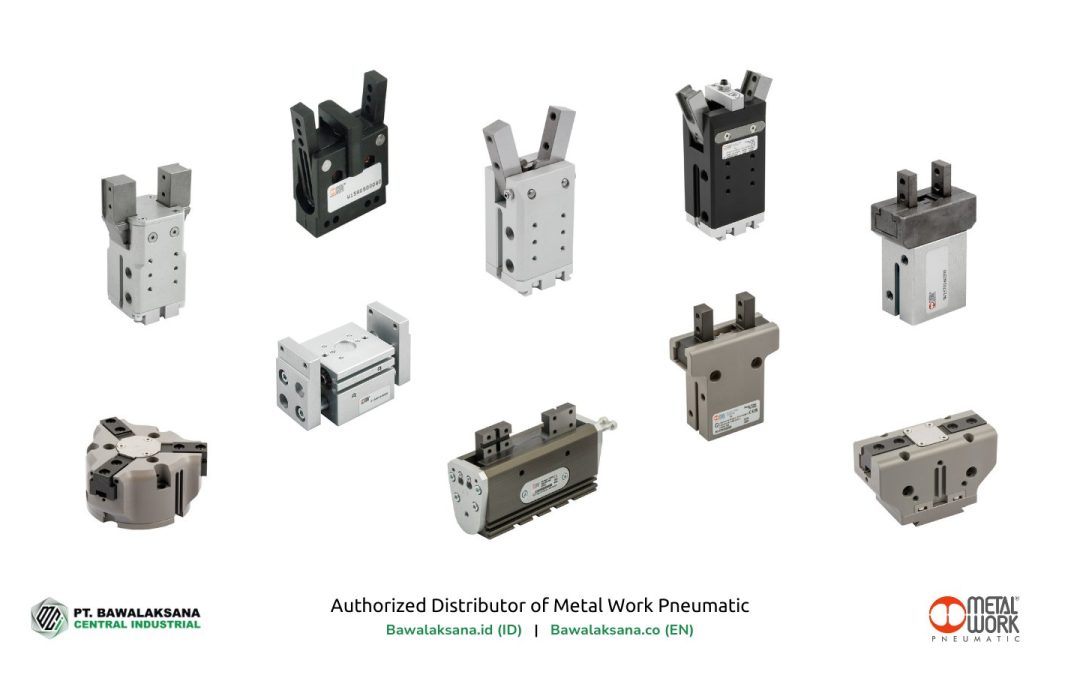
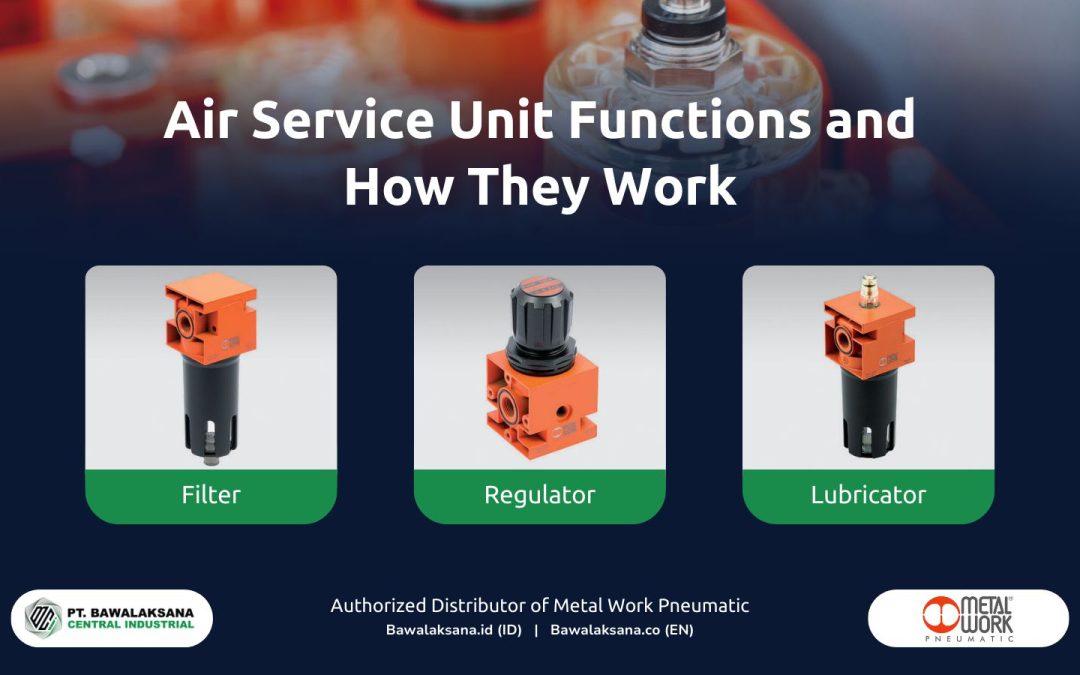
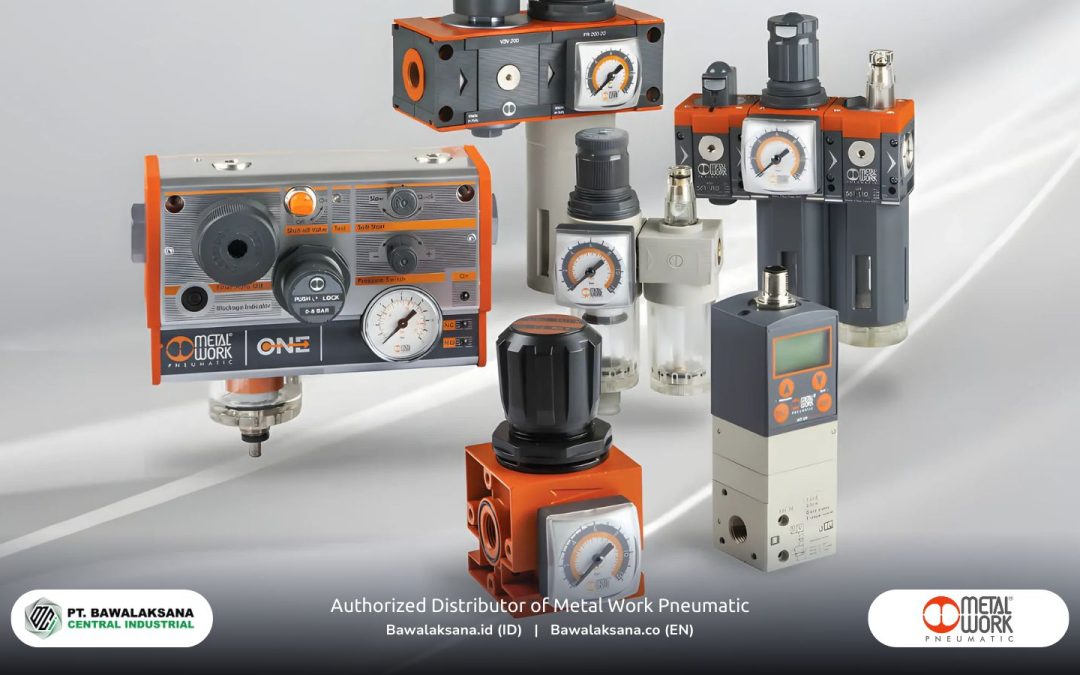

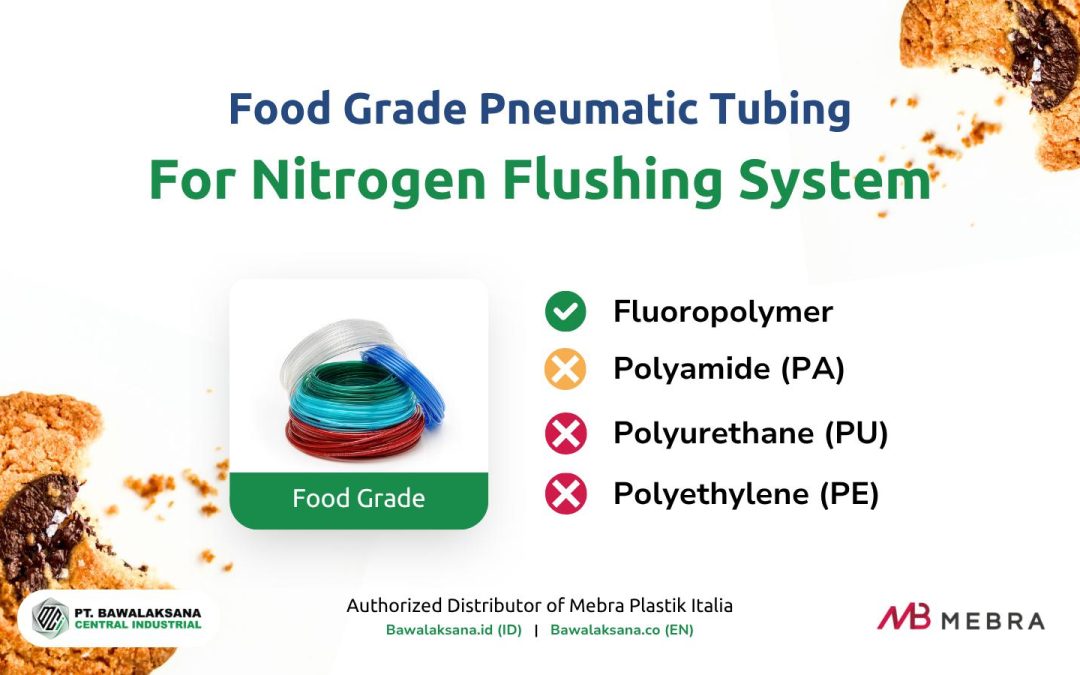
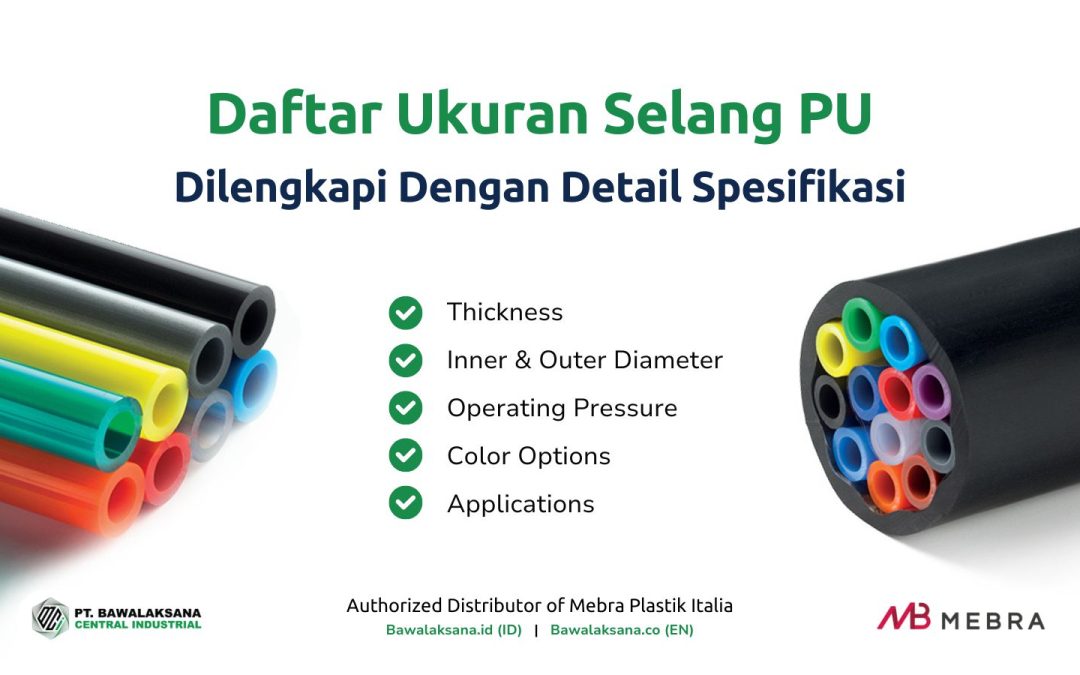
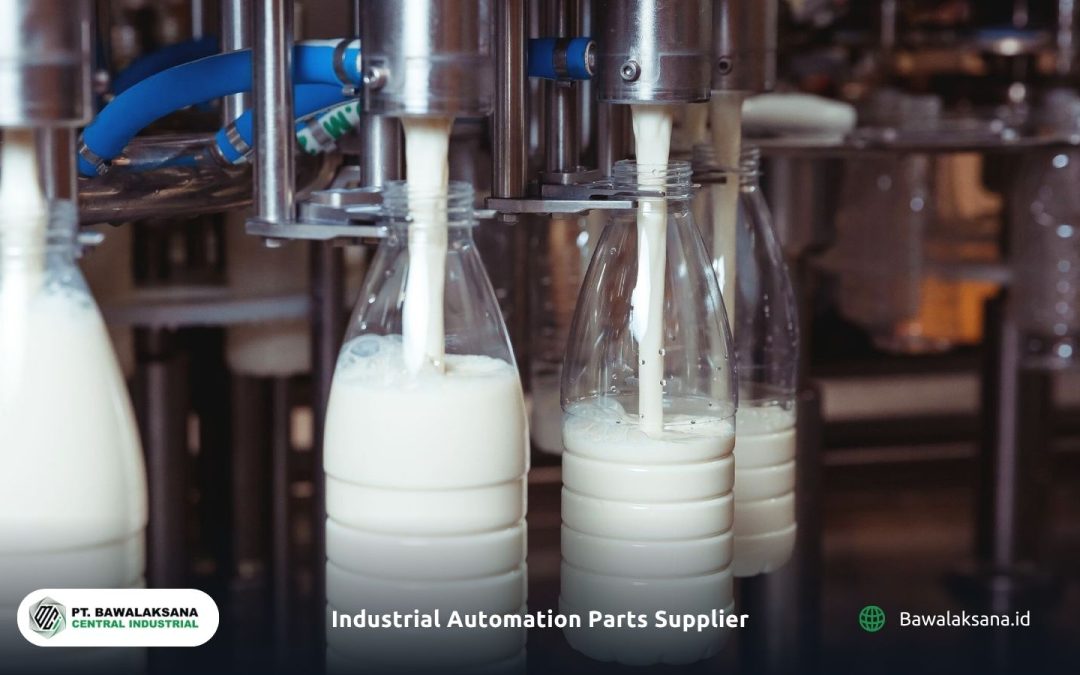
![10+ Examples of Pneumatic Tools in Daily Life and Industry [2025]](https://bawalaksana.co/wp-content/uploads/2025/05/Sandblasting-large-diameter-pipes-to-remove-surface-contaminants-1080x675.jpg)
